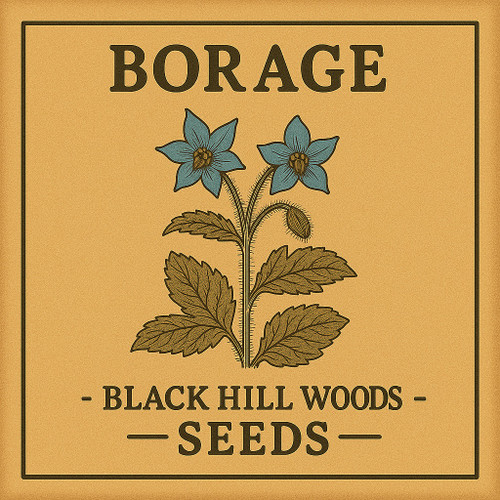Hand-picked, wild grown (not from a roadside), Fireweed Seeds Fireweed is often abundant in wet calcareous to slightly acidic soils in open fields, pastures, and particularly burned-over lands.
Zones: 2-7
Family: Onagraceae
Genus: Chamaenerion
Species: C. angustifolium
Plant Type: Perennial
Exposure: Full Sun, Partial Sun
The generic name Chamaenerion means 'dwarf-oleander' and the Latin specific epithet angustifolium translates as 'narrow-leaved'. The common British name "rosebay", from the passing resemblance of the flowers to (wild) roses and the leaves to those of bay, goes back in print to Gerard's Herball of 1597. The common American name "fireweed" derives from the species' abundance as a colonizer on burnt sites after forest fires and other disturbances.The generic name Chamaenerion means 'dwarf-oleander' and the Latin specific epithet angustifolium translates as 'narrow-leaved'.
The common British name "rosebay", from the passing resemblance of the flowers to (wild) roses and the leaves to those of bay, goes back in print to Gerard's Herball of 1597. The common American name "fireweed" derives from the species' abundance as a colonizer on burnt sites after forest fires and other disturbances.
Synonyms: Epilobium angustifolium L. Chamerion angustifolium (L.) AKA Adelfilla, Blood Vine, Blooming Sally, Bouquet Rouge, Chamaenerion angustifolium, Chamerion angustifolium, Épilobe, Épilobe en Épi, Épilobe à Feuilles Étroites, Epilobio, Epilobium angustifolium, Epilobium spicatum, Flowering Willow, French Willow, Great Willowherb, Herbe de San Antonio, Laurier de San Antonio, Persian Willow, Purple Rocket, Rose Bay Willow, Rosebay Willow, Tame Withy, Wickup, Wicopy, Willow Herb.
These seeds were harvested in the wild, never cultivated. So, what you are getting are seeds the way nature intended.
GROWN IN THE WILDS OF NEWFOUNDLAND AND LABRADOR











